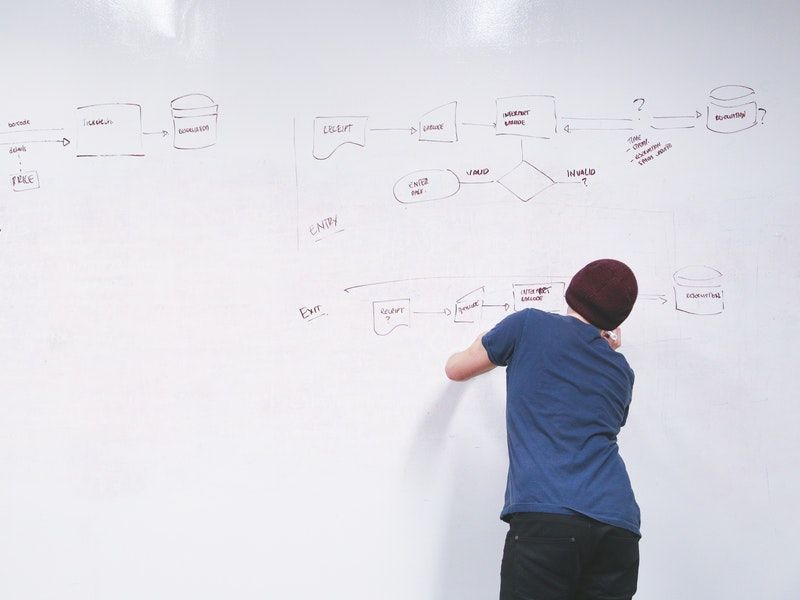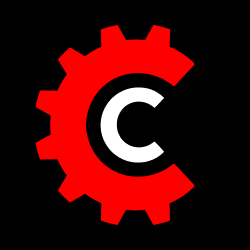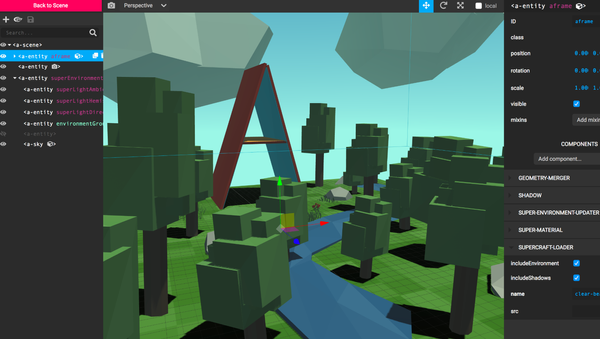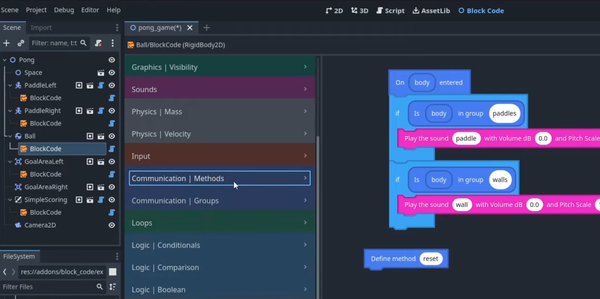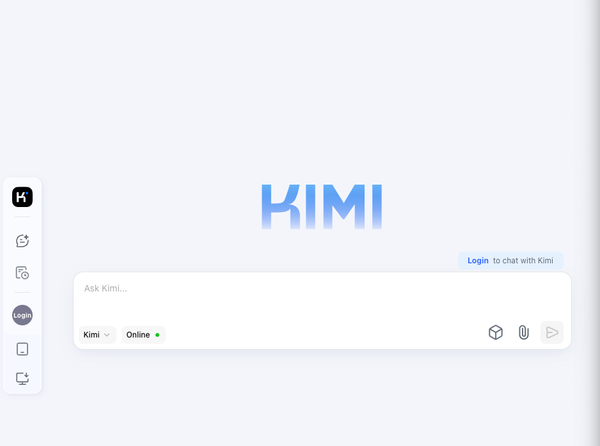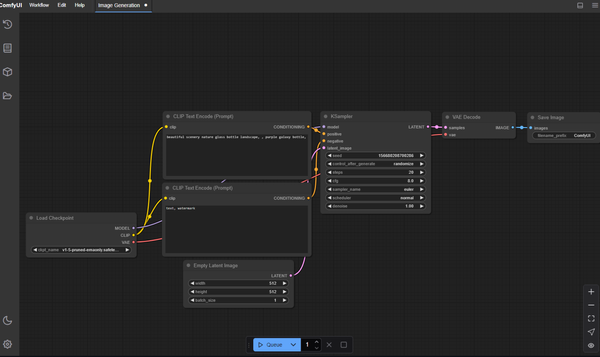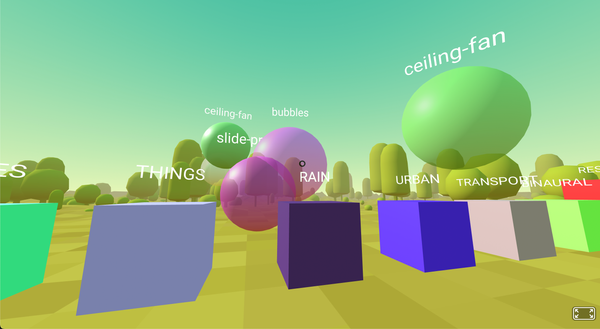The Best 21 Open-source Headless CMS (2023, Updated)
Table of Content
A headless CMS (content management system) is a backend system which works the content available through API (RESTful API or GraphQL). It's built to give the developers the possibilities to create what they want.
The API-driven headless approach is trending immediately especially for enterprise users and developers.
Headless CMS programs can be used as a backend for mobile apps, static generated websites with frameworks like Next, Nuxt.js, Gridsome and Hugo which also supports server-side rendering. They can also be used to manage IoT (Internet of Things) applications.
Some headless systems have the capabilities to run multiple projects at once, so with one install, the developer can build and extend to dozens of apps.
If you are looking to build an eCommerce system based on a headless solution, we recommend checking our other list: 17 Best Open-source Headless eCommerce Solutions.
Because of most of headless systems are built to target the enterprise, they scale seamlessly. Unlike most of traditional CMS solutions, headless systems can often work with multiple databases' backend (PostgreSQL, MySQL, SQLite, MongoDB).
In this article, we list the best headless CMS we could find for our readers to choose from.
Open-source Headless content management systems (CMSs)
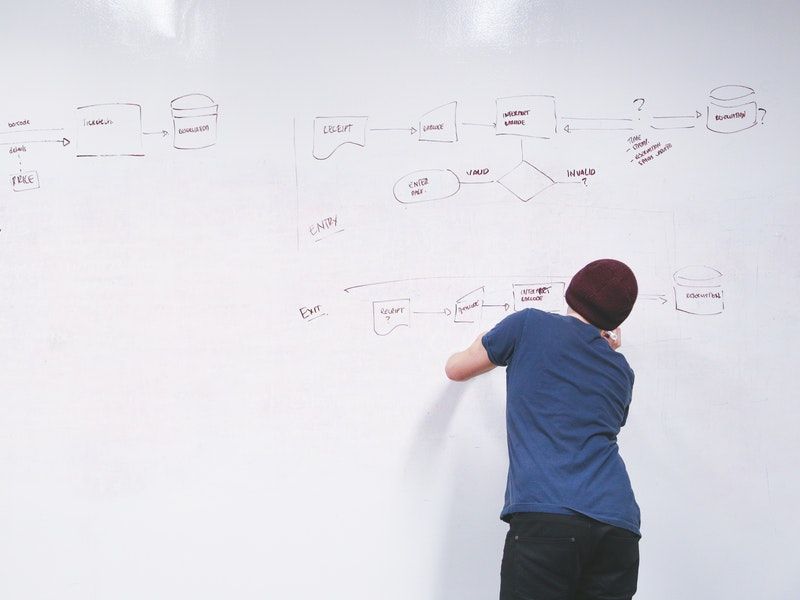
1- SonicJS
SonicJS is a headless CMS that uses NodeJS, Express Framework and supports several database backends: MongoDB, MySQL, MS.SQL Server, DashDB, DB2, PostgreSQL, SQLite, Redis and even flat files and in-memory database.
Sonic comes with a rich dashboard which features a rich page builder, dynamic content creation, form builder, custom content/ field types and advanced user management system with rich permission support.
This CMS is highly modular and it was proven solid in many projects especially mobile apps and IoT projects.
Download and install SonicJS.
2- KeystoneJS
KeystoneJS is a headless CMS which built on Node.js and MongoDB (NoSQL Database). It offers a complete CMS solution with a customizable API with full GraphQL support. It's fully customizable and very popular project with a large community.
Download and install KeystoneJS.

3- BoltCMS
BoltCMS is an open-source CMS with extensive headless capabilities. It's based on Symfony 5; the popular PHP framework which is packed by a large community. It offers a complete headless experience with RESTful and GraphQL API.
BoltCMS features a built-in internationalization experience for the created contents and the CMS itself acts like a rich dashboard for the generated API which works seamlessly without configuration.
Download and install BoltCMS.
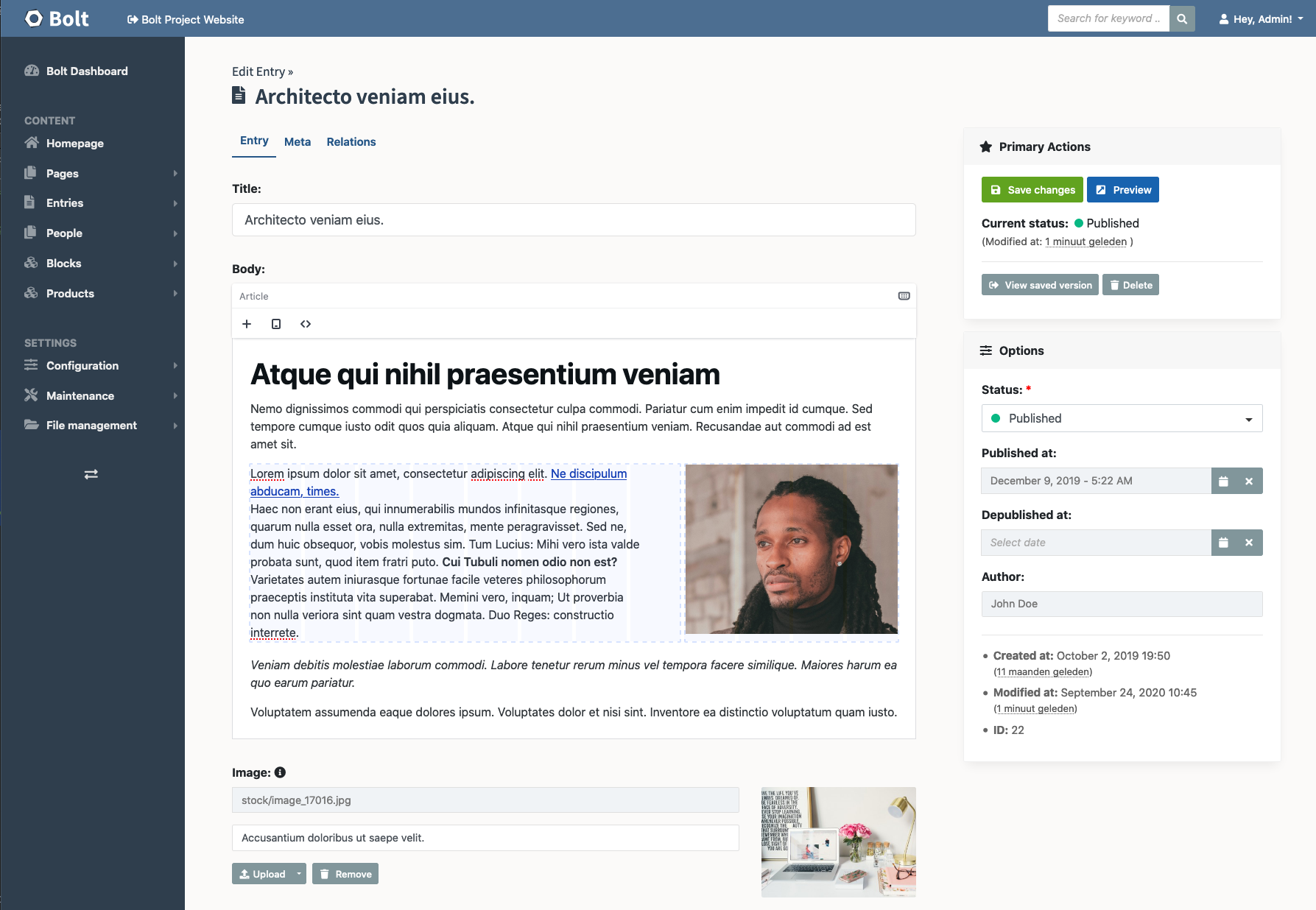
4- Saleor a headless eCommerce system
Saleor is a headless content management system for e-commerce which built to enrich the developer experience and scale e-commerce solutions. With Saleor, developers can use whatever they want to create interactive eCommerce systems. Static website generators like Next, Gridsome and Nuxt can be used seamlessly.
Saleor offers a complete Magento alternative solution, with an experience developer, products, categories, fields and configurations can be imported safely to Saleor.
Download and install Saleor.
5- Contember
Contember is our favorite pick here because it is fully customizable with built-in multilingual support, ACL, flexible data structure and advanced auditing features.
Contember uses GraphQL with PostgreSQL database. It's built with Node.js and offers a complete Docker support.
Download and install Contember.
6- Gentics Mesh
Gentics Mesh is a cross-platform open-source headless content management solution (CMS). It's built with Java, and it's easy to download and install.
It's built to manage several apps and websites concurrently, ready to scale with full clustering support and offers a features-rich user management and permission system.
- Download and install Genetic Mesh.
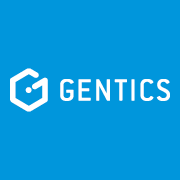
7- Apostrophe
Yet another NodeJS-based CMS with headless features and rich development options. It can be used as a pure CMS or a blogging platform or a headless system.
Apostrophe features multisite/ multi-app support, internationalization options to any language and an advanced dashboard.
Download and install Apostrophe.

8- Contentjet
Contentjet is primarily built as a headless RESTful API system for web, mobile and IoT apps. It also supports custom content types, multiple projects (website, apps), rich media and file management, user management system with per-project support and it's completely free and open-source.
It's built with Koa (Node.js Framework), Objection.js (SQL ORM library for Node.js) and uses PostgreSQL as a database backend.
Download and install Contentjet.

9- CraftCMS
CraftCMS is one of the oldest CMS that turned headless, primarily because it's built for developers to extend and scale. It offers a GraphQL support with a full native support for Java/Spring and Node.js.
CraftCMS is built to manage content, code, users, and permissions on a high scale.
Download and install CraftCMS.

10- uniteCMS
uniteCMS is created to manage several API projects from one single dashboard. It offers a flexible data structure and a full GraphQL API functionality.
Download and install uniteCMS.
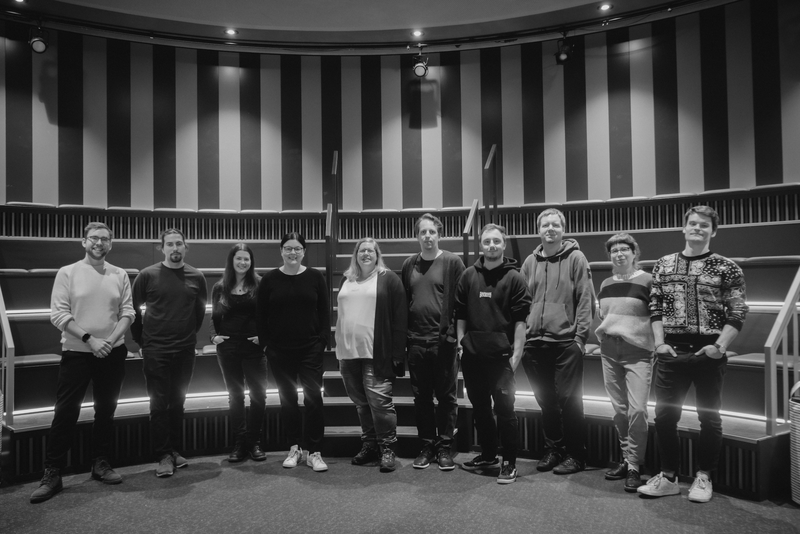
11- Squidex
Unlike most of the headless systems here, Squidex is built with ASP.NET, Node.js and uses MongoDB as a data-store.
Download and install Squidex.
12- Ghost
Ghost is an open-source blogging platform. It's the engine that runs Medevel.com. You may be surprised to know that it can be used as a headless system for web, mobile, and IoT apps.
- Download and install Ghost.

13- Cockpit
Cockpit is a simple easy-to-setup and use CMS with a complete API-driven approach. It's offers RESTful API with two choices for the database SQLite or MongoDB.
Download and install Cockpit.

14- Directus
This is a complete headless solution for developers. We used it in a couple of projects it's by far easy to install, deploy and build upon. It's also features rich system, we published a quick preview about it here.
Download and install Directus.

15- Strapi
Strapi is a headless system with mobile capabilities like push notification. It's used by many mobile developers to create user-rich mobile apps.
Strapi offers a rich dashboard and a fully customizable API with a content builder and a media library manager.
- Download and install Strapi.
16- Twill
Twill is a fancy looking CMS for teams, developers, publishers, and designers. It's basically a CMS with API functionality. It has a built-in custom data-model and content structure, full Laravel (The famous PHP Framework) implementation and MySQL/ PostgreSQL support.
On the CMS level Twill features content versioning, rich UI components, form manager and builder, seamless CRUD model and in-house field translation option.
It's built with PHP and under active development and receives continuous update.
Download and install Twill.
17- Sulu
Sulu is a PHP headless CMS built with Symfony PHP Framework. It uses React for its dashboard which has a responsive design. It supports multiple projects and enterprise-grade business logic.
Download and install Sulu.

18- Daptin
A RESTful headless CMS is Daptin. It comes with OAuth authentication, database support and data import from Excel files, CSV, JSON and Schema. Daptin has advanced user management system with user groups and permissions.
Download and install Daptin.
19- UmbracoCMS (ASP.NET)
UmbracoCMS is yet another ASP.NET-based CMS with headless functionalities. It's the most popular ASP.NET CMS out there, some may consider it the WordPress of ASP.NET CMSs. It offers REST API for content creation and management, as well as API for user and media management.
Download and install UmbracoCMS.
20- Jolojo;
Jolojo is an incoming open-source headless CMS built with Go, It's under active development so expect it to be released soon.

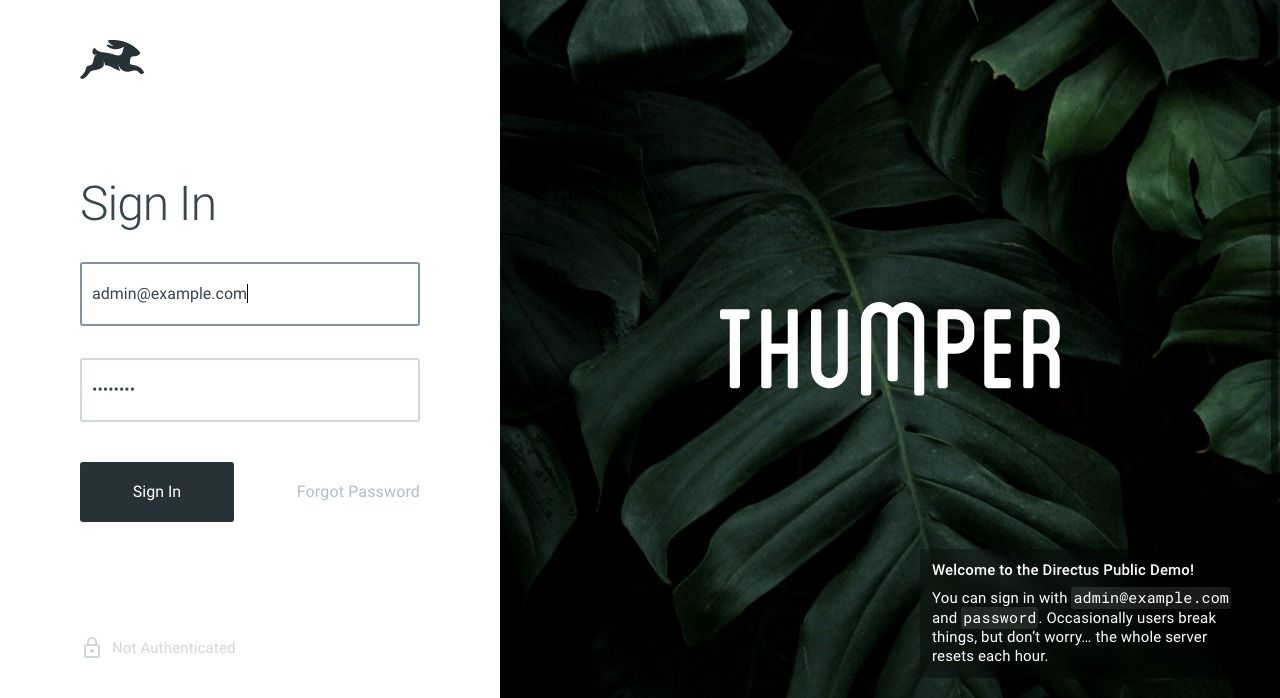
Which Headless CMS should you use?
There is no easy answer for this, however the most suitable answer is: according to your project requirement and experience. We listed about 20 here with different features and capabilities, some of them are excellent for simple projects others support dozens of projects on one installation. We also advise you to try to install and try before choosing the right one for your work.

